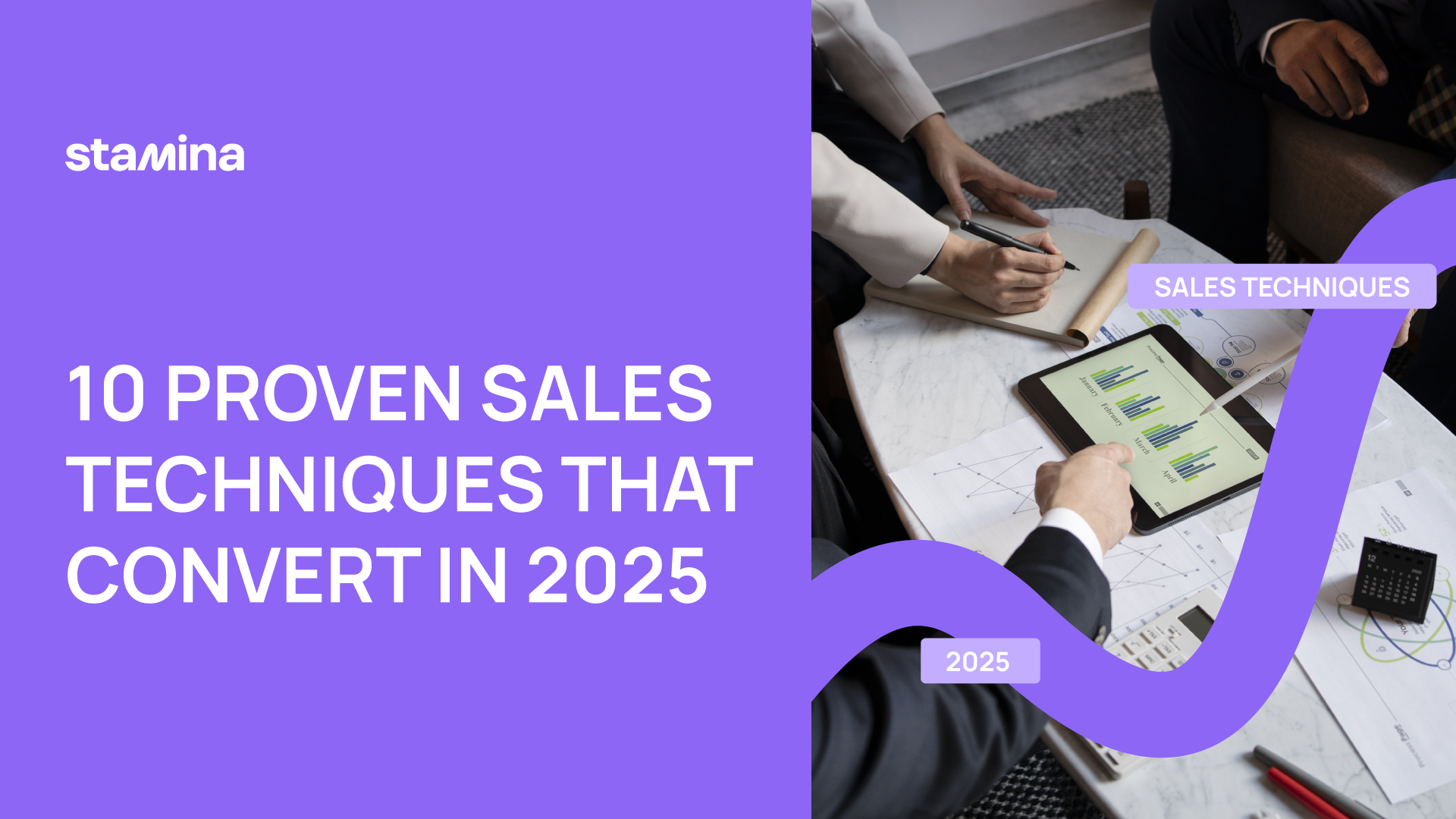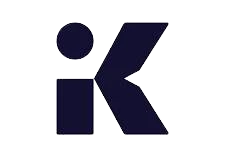10 Proven Sales Techniques That Convert in 2025

In a market overflowing with automation, AI assistants, and hyper-personalized messaging, one thing remains true: sales is still about people.
However, the expectations, tools, and buying behaviors of those people have changed.
To succeed in 2025, sales professionals must evolve beyond outdated tactics and adopt strategies that reflect how today’s buyers make decisions.
Here are 10 modern, proven sales techniques that convert. These tactics are tested, backed by data, and aligned with today’s high-performing sales teams.
1. Win a Lead in the First 30 Seconds
It is important to capture the attention of the potential buyer in the first seconds of the call. Keep in mind that buyers decide in seconds whether a conversation is worth their time.
However, winning the attention of a potential buyer is not an easy task. This is especially true for the executives of high-level companies that receive a ton of calls every day.
So, how to win a lead in the first seconds?
Instead of opening with product features or credentials, begin with a clear, relevant insight.
Here is an example:
“Companies in your space are losing 20% of their pipeline due to follow-up delays. We’ve helped teams close that gap. Mind if I ask how your team handles that now?”
Why it works: You’ve shown you understand their pain before asking for their attention.
2. Use Multi-Channel, Multi-Touch Outreach
Your potential customers are present on different platforms. What about you?
It is essential to be present on different communication platforms and reach out to potential customers via different channels. So, email is not enough and phone alone is not enough either.
The most successful sales representatives rely on multi-channel communication: email, voice notes, social DMs, video messages, and even personalized LinkedIn comments.
Recent studies show that sales sequences that include both email and phone touchpoints see a 128% higher response rate compared to email-only sequences.
3. Use Personalization At Scale
Today, buyers ignore generic outreach as it makes them feel templated and irrelevant.
Statistics have revealed that 89% of decision makers admit that personalization is critical for their business success.
Generic emails are not opened anymore as customers look for a human touch and unique experiences. And personalization is the answer.
Make sure to customize each email or social media message to a specific audience. The best way to craft personalized communication is to use CRM data, including demographic information, industry, occupation title, purchase history, sales cycle details, pain points, goals, and more.
You may ask: how to create personalized messages? Well, you can use ChatGPT or your CRM’s AI to generate a customized opener using the prospect’s recent activity.
Here is an example of a winning message:
“Saw your team just launched a beta—congrats! Curious if that’s affecting how you're approaching onboarding automation?”
4. Focus on Problem Diagnosis, Not Product Pitching
Problem-solving is a winning sales strategy where sales representatives concentrate on grasping and addressing the challenges of potential customers. This approach is also known as solution selling and is aimed at building long-term trust and lasting relationships with customers.
It is crucial to understand the potential customer's problems using active listening, questioning, and empathy. So, instead of telling the customer about the features of your product or services, focus on the benefits they can receive from using the products and services you offer.
Customers don't like to be sold to. Rather, they need to see a positive difference in their lives after making a purchase.
However, this approach takes time and effort. But it pays off.
How to get started?
Identify the gaps and offer appropriate solutions. Help the potential customers to see their challenge differently, in a way that aligns with your solution.
Don't forget to survey your customers and ask for their feedback constantly.
5. Shorten the Feedback Loop
Gone are the days of waiting weeks between calls. Use modern scheduling tools (like Calendly or Motion), instant follow-ups, and in-meeting recap summaries to accelerate decisions.
Sales Hack:
End every meeting with:
-
“What would stop us from moving forward?”
-
“Can we lock in next steps while we’re on the call?”
This keeps momentum high and ghosting low.
6. Create Urgency Without Pressure
Fake scarcity or “last chance” gimmicks are easy to spot. Instead, anchor urgency to internal buyer goals.
For example:
“If you’re aiming for a June rollout, we’d want to start onboarding by mid-May to hit that comfortably.”
7. Use Case Studies
Case studies help to build trust with potential customers. However, simply sending a PDF with a case study won't work. Instead, turn the case study into a mini-conversation.
Use story-driven techniques to make the offer appealing to the audience. Help them to have something to visualize.
Here is a short example:
“We helped a fintech company reduce churn by 17% using this strategy. Want to see how they mapped it in their CRM?”
8. Master Objection Surfacing
Objections are not roadblocks. Rather, they’re buying signals. Instead of waiting for the final call, address concerns early.
Ask:
-
“What might slow this down internally?”
-
“Any risks your team might flag before approving this?”
The sales representatives who surface objections early win faster and with fewer surprises.
9. Apply Social Proof
Social proof is a key sales strategy that uses the power of others' opinions to have an impact on potential customers. Social proof can include customer testimonials, user-generated content, reviews, influencer endorsements, and more.
Why is social proof important? Simply put, 87% of buying decisions start with research.
So, if used correctly, social proof can validate the purchase decisions of your potential customers and help you drive more sales and revenue.
10. Follow-Up With Purpose, Not Just Persistence
Every sales representative follows up. However, some still think that it is about the quantity of follow-ups. The truth is that it's more about the relevance.
Each follow-up should offer new value: an article, an insight, a missed question, or a helpful resource.
Instead of:
“Just checking in…”
Try:
“Thought of your team when I saw this new benchmark report—slide 7 shows how top SaaS teams handle mid-funnel drop-off. Could be worth 2 mins.”
Final Thoughts
Top salespeople today don’t win by talking more or pushing harder. They win by:
-
Understanding their buyers better
-
Personalizing outreach faster (with smart tools)
-
Guiding, not pushing, the journey
Whether you’re an SDR, AE, or founder, mastering these 10 techniques will help you close more deals in a world where buyers have more options and less patience than ever.
Subscribe to our Newsletter
















